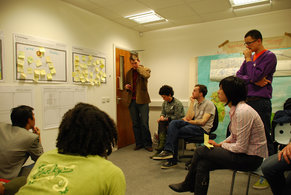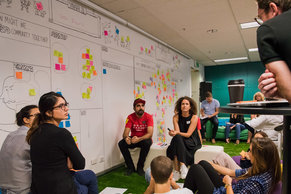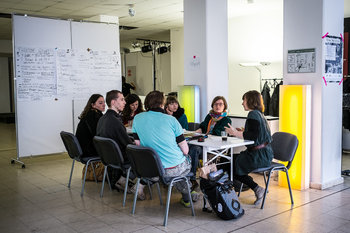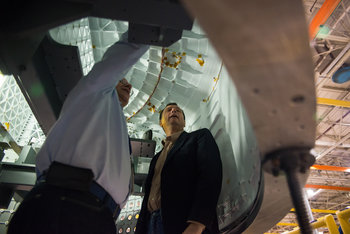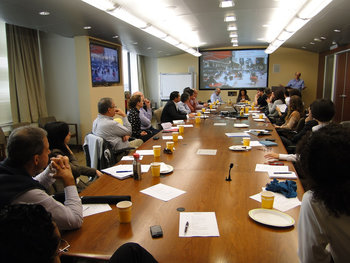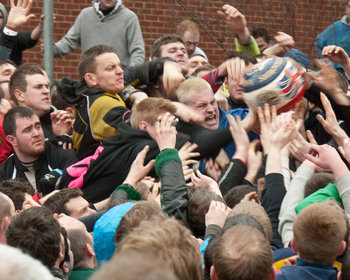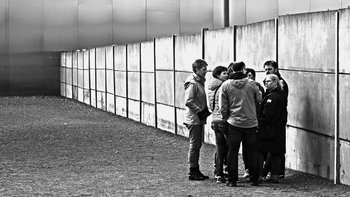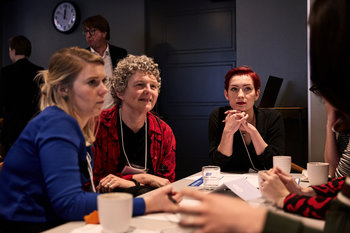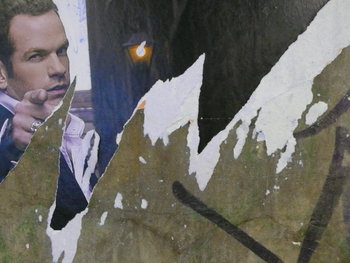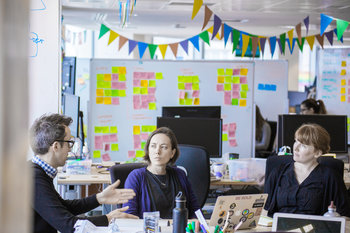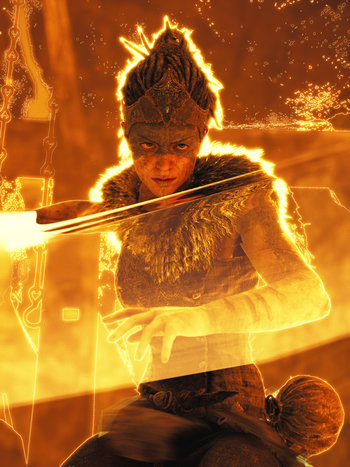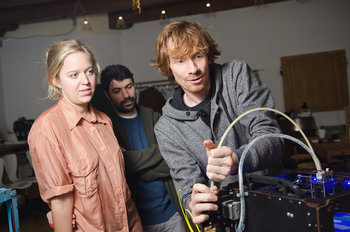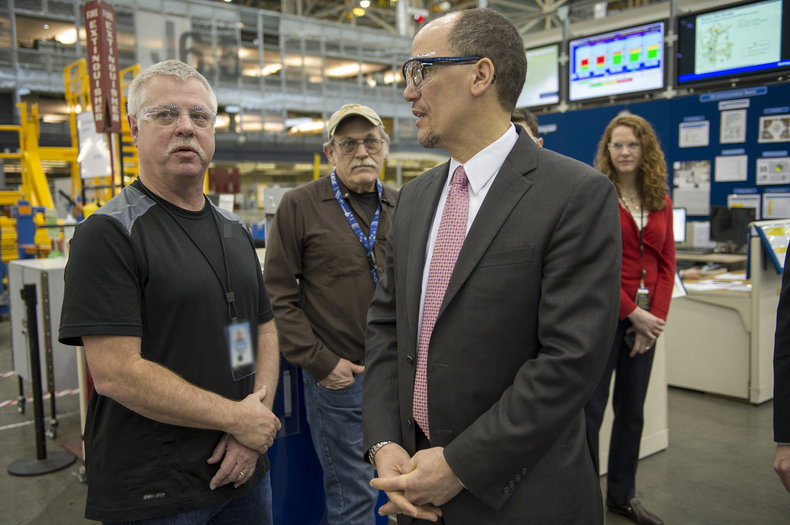
Shared Experiences
The collective shared experiences of employees over the course of a firm's history. For example, challenges that were faced together and overcome can build a sense of belonging, fulfillment and comradeship.Tone At The Top
Tone at the top is the behavior of a company's executive management. For example, a CEO that is admired versus a CEO that is viewed as dishonest or incompetent. This impacts behavior across a firm as employees tend to mirror the behavior they see at the top.Company Image
How employees view the firm. For example, a firm that is viewed as innovative as opposed to a firm that is viewed as inefficient and backwards.Expectations
The basic expectations that emerge within a firm such as an expectation that meetings will start on time and everyone will be prepared.Norms
The boundaries of acceptable behavior such as a firm where swearing is common versus one where it is viewed as unacceptable.Management Style
The style of management that prevails. For example, a command-and-control environment where authority is everything versus a firm where managers are expected to influence without overrelying on their authority.Habits
Common habits such as a firm where employees typically keep workstations and common areas clean and tidy.Traditions
Traditions such as welcome lunches for new employees and goodbye parties for departing coworkers.Language
The unique vocabulary that emerges within a firm. This is an element of culture that can distinguish between newbies and experienced employees. As such, learning the language signals that you're a member of the culture.Ethical Climate
The expectation that employees strive to do good. For example, a firm where customers are always discussed respectfully with genuine intent to solve customer problems. This can be compared to a firm with an antagonist or opportunistic view of customers.Loyalty
Loyalty to a firm and its mission.Comradery
The degree to which employees identify with each other and enjoy a sense of teamwork.Competition
The intensity of competition between employees.Fairness
Fairness and perceptions of fairness. For example, a firm where valuable contributors are promoted as opposed to the friends of managers.Resistance to Change
A firm where employees accept aggressive change versus one where they value stability and defend the status quo.Failure is Not An Option
A culture where failure is not recognized or acknowledged such that the company is likely to continue losing strategies and poor money into failed projects.Risk Taking
An environment where employees openly communicate and pursuit brave ideas versus a conservative environment whereby everyone is afraid to say something dumb or fail.Unspoken Rules
Unspoken rules such as a firm where everyone must stay at work until their manager leaves in the evening.Tolerance for Disagreement
The personal resilience that is expected of employees such as an ability to handle disagreements and criticism.Saving Face
Efforts not to embarrass each other. For example, a firm where constructive criticism is the norm as opposed overly harsh or personal criticism.Employee Satisfaction
The degree to which employees are happy with their job and see the job as part of their future.| Overview: Work Culture | ||
Type | ||
Definition | Intangible aspects of an organization that emerge with the shared experiences of employees. | |
Also Known As | ||
Related Concepts | ||

